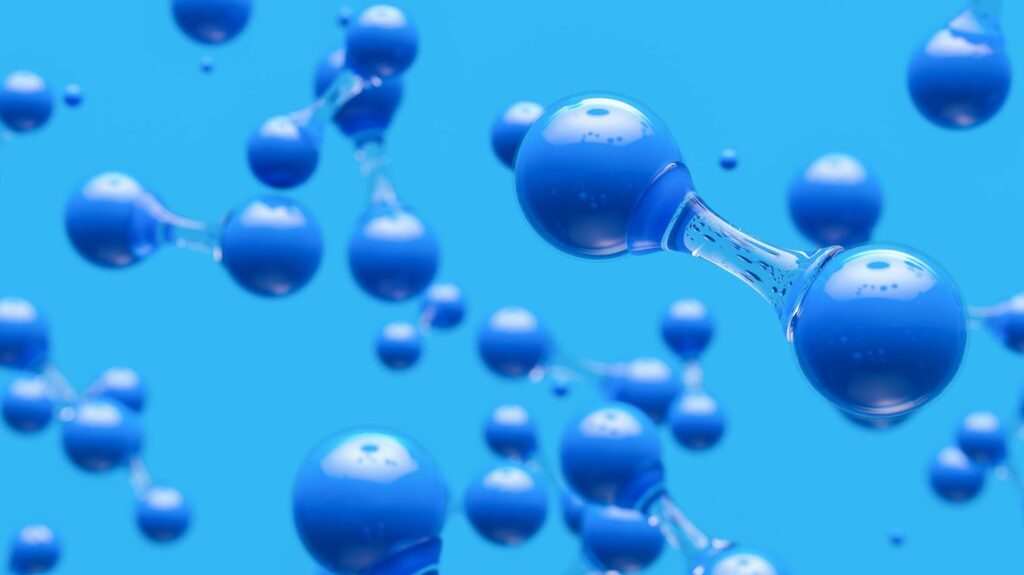Small Nonpolar Hydrophobic Molecules
To understand small nonpolar hydrophobic molecules, it is important to first familiarize ourselves with the concept of hydrophobicity. Hydrophobicity refers to the tendency of a molecule to avoid or repel water. In the case of small nonpolar hydrophobic molecules, these are substances that are not soluble in water due to their nonpolar nature.
Small nonpolar hydrophobic molecules, such as fatty acids, are organic compounds composed of a hydrocarbon chain that is hydrophobic in nature. This means that they are made up of carbon and hydrogen atoms and do not have any charged or polar groups. Due to their nonpolar nature, these molecules do not interact well with the polar water molecules and tend to clump together or aggregate, forming droplets or layers.
Properties of Small Nonpolar Hydrophobic Molecules
Small nonpolar hydrophobic molecules possess several unique properties that make them essential in various biological processes. Some of these properties include:
- Hydrophobicity: As mentioned earlier, these molecules are hydrophobic, meaning they repel water and are insoluble in it. This property allows them to play important roles in cellular processes where separation from water is required.
- Lipid Solubility: Small nonpolar hydrophobic molecules, such as fatty acids, demonstrate high solubility in lipids or fats. This property enables them to easily cross the lipid bilayer of cell membranes, facilitating the transport of essential nutrients, signaling molecules, and waste products in and out of cells.
- Energy Storage: Small nonpolar hydrophobic molecules, particularly long-chain fatty acids, are an excellent source of energy. When stored in the form of triglycerides, these molecules can be oxidized in cells to produce ATP, the main energy currency of the body.
- Insulation and Protection: The hydrophobic nature of small nonpolar hydrophobic molecules allows them to act as insulating materials, providing thermal protection to organisms. For example, adipose tissue, mainly composed of fatty acids, acts as insulation and cushions vital organs in our bodies.
- Structural Component: Small nonpolar hydrophobic molecules also serve as the building blocks of cell membranes. The lipid bilayer of cell membranes is primarily composed of phospholipids, which consist of a polar head and two nonpolar hydrophobic tails. This arrangement creates a barrier that separates the cell from its external environment while allowing the selective transport of substances.
Understanding the properties of small nonpolar hydrophobic molecules is crucial as it allows us to appreciate their role in various biological processes. From energy storage to insulation and cell membrane formation, these molecules play a vital part in maintaining the normal functioning of living organisms.
Small Nonpolar Hydrophobic Molecules Such as Fatty Acids
Structure of Fatty Acids
Fatty acids are a type of small nonpolar hydrophobic molecule that plays a significant role in various biological processes. Understanding their structure is key to appreciating their importance in cellular function.
Fatty acids consist of a long hydrocarbon chain with a carboxyl group (-COOH) at one end. The hydrocarbon chain can range in length from just a few carbon atoms to over 20 carbon atoms. This chain can be either saturated, meaning that it contains only single bonds between carbon atoms, or unsaturated, containing one or more double bonds.
The presence of the carboxyl group makes fatty acids acidic in nature. The hydrocarbon chain is hydrophobic, which means it repels water and is insoluble in it. This property allows fatty acids to interact with nonpolar substances, such as lipids, and play a critical role in various physiological processes.
Functions of Fatty Acids
Fatty acids serve several important functions in our bodies. Here are a few key roles they play:
- Energy Source: Fatty acids are a highly efficient source of energy. When we consume foods containing fats, our body breaks down these fats into fatty acids and utilizes them as fuel. This makes fatty acids particularly vital during times of prolonged physical activity or low carbohydrate intake.
- Insulation and Protection: Fatty acids help to insulate our bodies and protect vital organs. Adipose tissue, which is primarily composed of fatty acids, acts as a cushioning layer and thermal insulator. It helps regulate body temperature and protects delicate organs from injury.
- Cell Membrane Structure: Fatty acids are essential components of cell membranes. They form a lipid bilayer that surrounds and protects cells. Additionally, fatty acids regulate the fluidity of the cell membrane, allowing for proper transport of nutrients, ions, and waste products.
- Hormone Regulation: Fatty acids are involved in the production and regulation of hormones. They serve as precursors for the synthesis of various hormones, including prostaglandins, which play important roles in inflammation, blood clotting, and smooth muscle contraction.
Maintaining a well-balanced diet that includes these food sources ensures an adequate intake of essential fatty acids for optimal health and proper functioning of our bodies.


